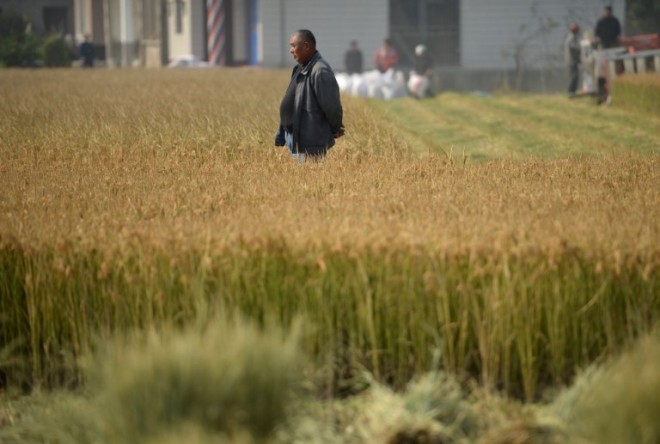
WASHINGTON—Ever wondered why cultures can be so different, with Westerners more focused on the individual than people in the East?
Psychologists said Thursday that the divide may come down to which crops are historically farmed in different regions.
This “rice theory,” described in the journal Science, holds that people who traditionally grow paddy rice become more collective and holistic over time because of the intense labor involved and the need for cooperation among neighbors.
In contrast, those who live in regions that grow wheat think more independently and analytically, in large part because the crop requires half the labor and not nearly the same need for cooperation as rice, researchers argued.
“We propose that the rice theory can partly explain East-West differences,” said the study led by Thomas Talhelm, a University of Virginia doctoral student in cultural psychology.
“You do not need to farm rice yourself to inherit rice culture,” he added.
Since a host of differences exist between cultures across the world and could be linked to religion, politics, climate or technology, researchers decided to narrow their focus to China, where the Yangtze River roughly divides the wheat-growing north from the rice-growing south.
Researchers tested 1,162 Han Chinese—China’s majority—students from six different locations using measures of cultural thought, implicit individualism and loyalty or nepotism.
Some tasks involved picking two related objects from a basic diagram of a person’s social circle; and dealing with friends versus strangers in a business transaction.
They found that people in rice-growing regions tended to choose more abstract pairings, while people from wheat cultures tended to pick more analytical pairs.
People from rice-growing regions tended to draw themselves smaller than wheat-region people when constructing diagrams of social networks, suggesting wheat people saw themselves as more important than others.
Those from rice provinces were also more likely to reward their friends and less likely to punish them, showing how the ties within the group prevailed in social and business interactions.
“It’s easy to think of China as a single culture, but we found that China has very distinct northern and southern psychological cultures and that southern China’s history of rice farming can explain why people in southern China are more interdependent than people in the wheat-growing north,” said Talhelm.
He said he first noticed differences in outlook and attitude while studying in China for several years from 2007.
Co-authors on the study came from Beijing Normal University, South China Normal University, and the University of Michigan, Ann Arbor.
The study also found evidence that more successful patents for inventions came from areas where less rice was grown, signaling a potential link between wheat growing and innovation.
“This doesn’t nail it, but is consistent with the broader idea and will no doubt drive much future inquiry,” said an accompanying Perspective article in Science by Joseph Heinrich of the University of British Columbia.—Kerry Sheridan